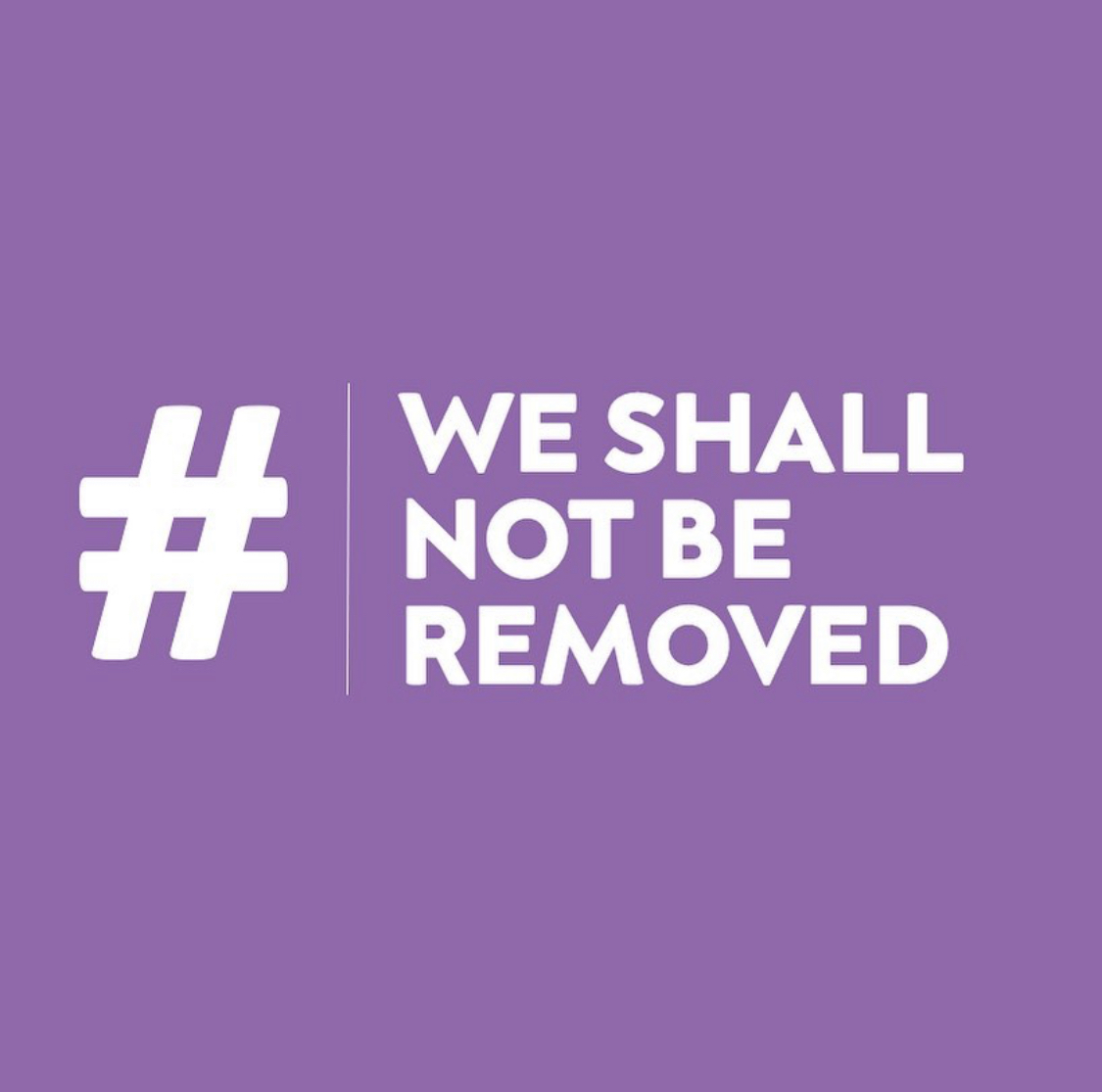So this is kind of a confession.
Not a lot of people know this, but I flunked music college. No, back it up. I didn’t flunk. There were lots of access barriers. I faced physical and mental barriers, and if I’m honest, I didn’t try to get the help I needed. Identity stuff. I didn’t want to be Disabled then. That was a loaded word at the time.
Whatever. Music education was not for me. The irony – I’m a full time musician and highly respected music educator – isn’t lost on me. I was the last person who was gonna make it from my college.
Where I really cut my teeth, and got where I am today, was in art college.
Reeling from having to drop music, I found myself on a franchise HND via Birmingham Institute of Art & Design. Visual Communication. This wasn’t Fine Art. This was modern, this was free thinking, and not reliant on technique.
I never considered myself to be a “real” mark-maker, partly because of my hand impairment. My partner, who I met in art college, is a ”real” artist. She can paint, draw, in that Fine Art discipline. I always used to say I just made a weird mess.
But I wasn’t making a weird mess. I was learning to think clearer and more creatively than I ever had before. I was exploring the moment. No, I can’t really paint technically – how could I ever with CP? – but I can learn, and think and exist in my abstract paintings.
And after several years of being too busy with music to do anything else, I’m back and enjoying painting again. I’m painting every day. Digitally mostly, but rediscovering my old love of acrylic on canvas. My daughter and I have a daily watercolour challenge. It’s helping me a lot.
Of course, the one piece of visual communication that many people know is the Tic Tac No. I started this in art college, and have slowly refined it as my brand, my trademark.

This represents a simply truth – there are things in life that we know are wrong, that are sold to us as being right. Injustice. Inequality. Even when what is right is there in plain sight, we don’t always acknowledge. The Tic Tac No is a reminder to go after the truth, to follow what you know is right. I have it tattooed, and people buy t-shirts with it on. It has a life of it’s own.



I found myself at art college, at a time when I was lost and confused about being a musician. I was at an all time low, musically. I built myself back up in the art studio. And now, after the most intense musical adventure of my life – touring all over the world with the gloves – I’m learning who I am now, in the brush strokes.
I’m not at rock bottom musically now, of course. I’ve enjoyed incredible success with the gloves and all they’ve given me. But I definitely feel a chapter drawing to an end, and for the first time in my life, I don’t have a plan. And it feels good.
I have big ideas about how to paint and bring what I’ve done musically together for the first time. There’s a physicality to playing the gloves that would be a powerful thing to explore visually – explicitly – can I paint music? What does painting sound like? Where do the gestures and visuals meet composition? All that stuff. Right now I’m not overthinking it.
I’m just in the moment, one brushstroke at a time.













